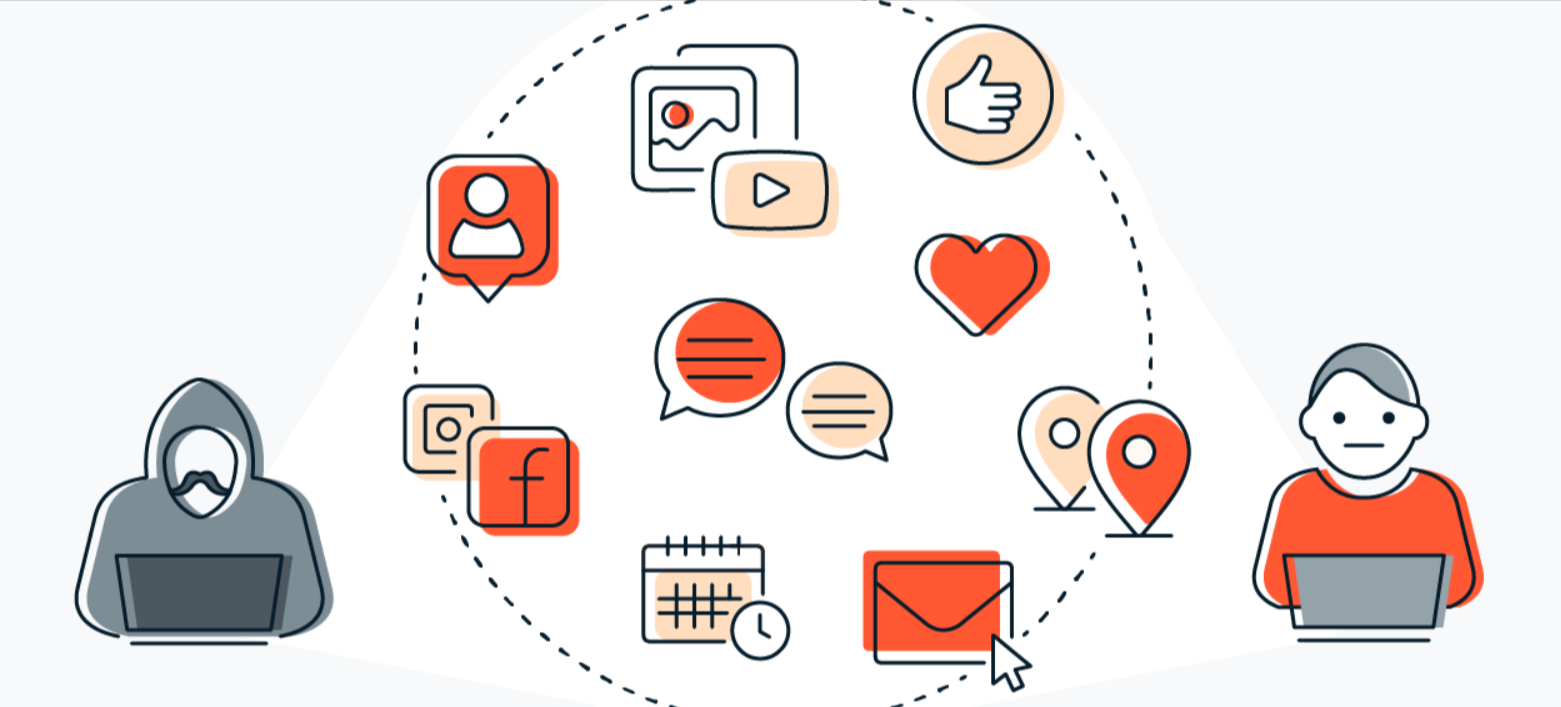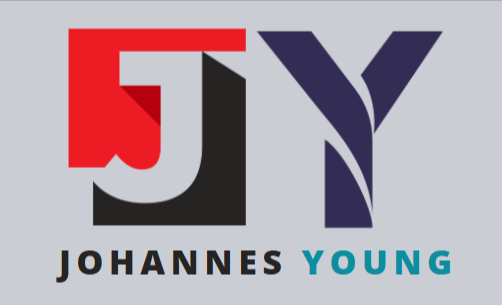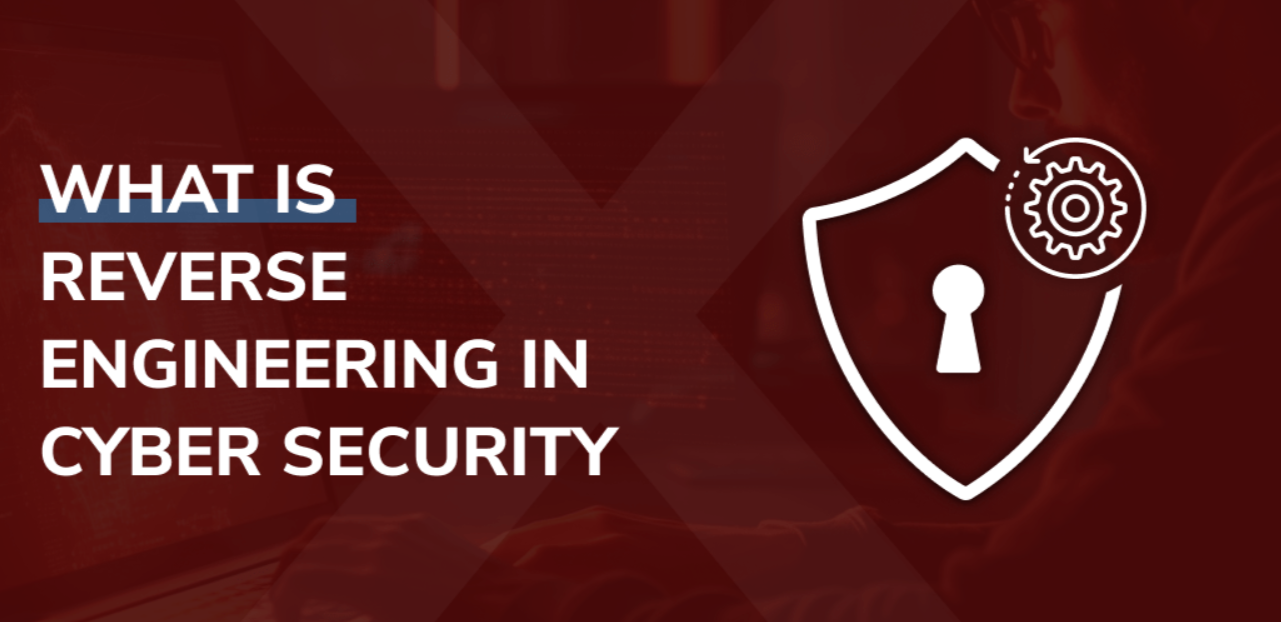The Risks of Using Free Software and How to Stay Safe

You have got to learn about these tricks to keep your gadgets, the information you hold, and your private life safe. This little handbook tells you more about the not-so-nice side of free apps, those tricks cyberbaddies use, and the preeminent tips of protection.
1. What Are No-Cost Apps
Programs known as free software are stuff you can get and use without needing to pay or sign up. You can sort them into different types:
Open-source software – This is stuff that groups of people make, and everyone can look at the code they write, like with Linux or LibreOffice.
Freemium software – You can start using this for zero dollars but it won't have all the bells and whistles unless you pay up for extra perks. WinRAR and Zoom are like that.
Ad-supported software – These are the programs that don't cost you anything because they show you ads. Think of some of the video players you can download for free.
Trial software – You get to use this at no cost, but for a little while. After that, you gotta buy it if you want to keep using it, like those antivirus trials that give you 30 days for free.
A bunch of free apps are actually okay to use and won't mess things up, but watch out, 'cause some are sneaky and can wreck your security.
2. Dangers When You Snag Free Apps
2.1 Sketchy Programs and Computer Bugs
The biggest danger with free apps is sketchy stuff like malware. You might get apps that have secret nasty bits of code inside them that can:
Snatch your private info (yep stuff like passwords and your bank deets).
Swipe your system's power to dig for digital coins.
Make your PC part of a zombie army for online baddies.
Example: So like, imagine you grab this no-cost video splicing app from a shady place. Next thing you know, you're hit with ransomware, and bam, you're locked out of all your stuff.
Staying in the Clear:
Stick to snagging stuff from spots like the official website, Microsoft Store, Apple App Store, or places where devs got the thumbs up.
Get yourself a solid antivirus to give those downloads a good once-over.
2.2 Spies and Sneaky Data Snatchers
Heads up, some gratis apps are low-key snooping on how you surf, what keys you're hitting, or grabbing your private deets. Those sneaky spyware and adware dudes can:
Keep an eye on your net moves to flash ads just for you.
Peep your typing to snatch passwords and money stuff.
Pass on your info to other peeps without asking you first.
For real: That no-cost PDF flipper might cry for too many green lights, like peeking at your browser history then flips your info for cash to ad hustlers.
Pro tips to dodge trouble:
Before putting in new software, make sure you got the right permissions.
To keep your online activities secret, stick on web browser add-ons that stop people from snooping.
2.3 Bundled Software (Bloatware and PUPs)
Lots of no-cost programs like to sneak in some Unwanted Programs (PUPs) such as:
Useless web browser toolbars.
Things that take over your search engine.
Sneaky little apps that make your computer drag.
Example: Someone grabs a no-money media player and without knowing it says yes to a browser add-on that sends all their searches to some sketchy search spot.
Staying Out of Trouble:
Hit up the custom setup every time over the easy one so you can say no to all that extra stuff.
dig into the small text before you hit “Next” while you're putting in software.
2.4 Security Weaknesses
Some no-cost programs don't get frequent updates so they got holes where hackers find a way in. Old programs nobody's fixing are a big danger because the bad guys love to hit apps that aren't up-to-date to break into the network.
Example: Someone grabs an outdated free FTP program which has got an open flaw the hackers slip through to snatch private stuff.
Staying Out of Trouble:
Get your programs updated always to the newest stuff.
Don't hang onto ancient or dumped programs.
2.5 Phony No-Charge Software Rip-offs
The shady folks out there make bogus sites that promise well-known software gratis. These joints hand out malware dressed up like it's the real deal.
Example: Imagine someone grabs a free but illegal copy of a premium antivirus program. Rather than defending their computer, they let in a Trojan that goes after their bank details.
Staying Safe Tips:
Dodge fake or stolen software—it's a Trojan horse for malicious stuff.
Always double-check genuine sites before hitting download.
3. Keeping Secure with No-Cost Programs
3.1 Picking Secure Download Spots
To cut down on danger, make getting programs from trusted spots a habit:
The real deal websites (like get VLC from videolan.org).
Well-known stores (think: Microsoft Store, Mac App Store, Google Play).
Certified open-source hubs (like GitHub, for sure).
Don't grab programs from "torrent sites or unofficial third-party websites."
3.2 Making Sure Software is Legit
Before you slap that software onto your device here's what you gotta peep:
Who made it? – Scoop up what folks are saying in reviews and the chatter in community circles.
Where's it coming from? – Skim over those links to double-check they're pointing you to the straight-up official site.
What kinda file are you getting? – Steer clear of those
.exeor.zipfiles if they ain't coming from a source you trust.
3.3 Lock Down with Solid Security Tools
Hook yourself up with some robust "trusted antivirus program" action to:
Give downloads the once-over for nasty bugs.
Keep you out of the dodge before hitting sketchy pages.
Catch creepy-crawlies like spyware and ransomware before they wreak havoc.
The go-to gadgets for security:
Malwarebytes: It hunts down and gets rid of malware.
Bitdefender or Norton: They guard you in real-time.
3.4 Software Permission Review
Sometimes, no-cost apps want extra permissions that might risk your safety.
Check before setting up software:
Should the app be online when it doesn't need to?
Is it snooping into your files or peeping through your webcam?
Will it mess with your browser or switch up your go-to search engine?
Give those apps a pass if they're asking for too much.
3.5 Take a Peek at the Privacy Terms
Most folks just blow past the privacy terms, but that's where you'll unearth what happens with your info. Keep an eye out for clues that:
The program shares data with other companies.
Personal info gets gathered without folks agreeing.
They ain't clear about how they use your stuff.
Skip the install if you can't find or understand the privacy rules.
3.6 Skip Free Programs That Want Your Deets
Some no-cost apps will bug you for your email, your number, or to log in with your social media to use even the simple stuff. They might use this info to send unwanted emails, trick you, or steal your identity.
Staying safe tips:
Sign up for no-charge software with a throwaway email.
Don't hand over more personal info than you gotta.
4. Looking for Other Choices Besides Free Programs
Worried about keeping your tech safe? You might wanna swap to these better options:
CodeCooler PicksWord StuffGet LibreOffice or Google DocsTune PlayerGrab VLC Media PlayerBug ShieldGo with Microsoft Defender or MalwarebytesSecret Code KeeperTry Bitwarden or KeePassNet CloakCheck out ProtonVPN (zero cost style) or Windscribe
Choosing open-source or free apps that get thumbs up from the pros lessens the chance of cyber trouble and still keeps your wallet happy.
Wrap-up
Yep, no-cost apps have their perks, but they also carry sneaky hazards that can mess with safety secret stuff, and how smooth your gadget runs. Be on the lookout for the nasty stuff like Malware spyware useless extra programs, and snoopy data trackers.
Stay on the safe side:
Grab your downloads from sites you trust, like the legit webpages out there.
Swing into action with protection gear and scan that stuff for any nasty viruses.
Take a good look at the access you're giving your apps before you let them settle in.
Steer clear of dodgy freebies and any software that doesn't play by the rules.
Don’t slack on your updates to keep those pesky weak spots in check.


